by Pyotr Ilyich Tchaikovsky.
Andante cantabile, con alcuna licenza (D major),
segundo movimiento:
http://www.youtube.com/watch?v=PsZgx7zEFRI
(Nota curiosa: las primeras notas de su empiezo hacen recordar a Gustav Mahler - Adagietto, from Symphony N°5.
http://www.youtube.com/watch?v=DVqTCObGam4 )
The Symphony No. 5 in E minor, Op. 64 by Pyotr Ilyich Tchaikovsky was composed between May and August 1888 and was first performed in St Petersburg on November 6 of that year with Tchaikovsky conducting.
A typical performance of his Symphony No. 5 lasts about 46 minutes. The symphony is in four movements:
-Andante — Allegro con anima (E minor)
-Andante cantabile, con alcuna licenza (D major)
-Valse: Allegro moderato (A major)
-Andante maestoso— Allegro vivace (E major → E minor → E major)
Like the Symphony No. 4, the Fifth is a cyclical symphony due to the recurrence of the "motto" theme in more than one movement. Unlike the Fourth, however, the theme is heard in all four movements, a feature Tchaikovsky had first used in the Manfred Symphony, which was completed less than two years before the Fifth. The "motto" theme itself is derived from a passage in Glinka's opera A Life for the Tsar—significantly, a passage using the words "turn not into sorrow". The motto theme has a funereal character in the first movement, but gradually transforms into a triumphant march, which dominates the final movement. Tchaikovsky was attracted to this particular theme because the topic of the Fifth Symphony is Providence, which is closely related to Fate, the theme of the Fourth symphony. The changing character of the motto over the course of the symphony seems to imply that Tchaikovsky is expressing optimism with regard to fate, an outlook that would not return in his Sixth Symphony.
Some critics, including Tchaikovsky himself, have considered the ending insincere or even crude. After the second performance, Tchaikovsky wrote, "I have come to the conclusion that it is a failure". Despite this, the symphony has gone on to become one of the composer's most popular works. The second movement, in particular, is considered to be classic Tchaikovsky: well crafted, colorfully orchestrated, and with a memorable melody for solo horn.
Hoy me he levantado con ese "solo horn" en la cabeza.
Y no lo entendi, porque creo que Laurelle no me ha sido "la mitad infiel".


































































































































































































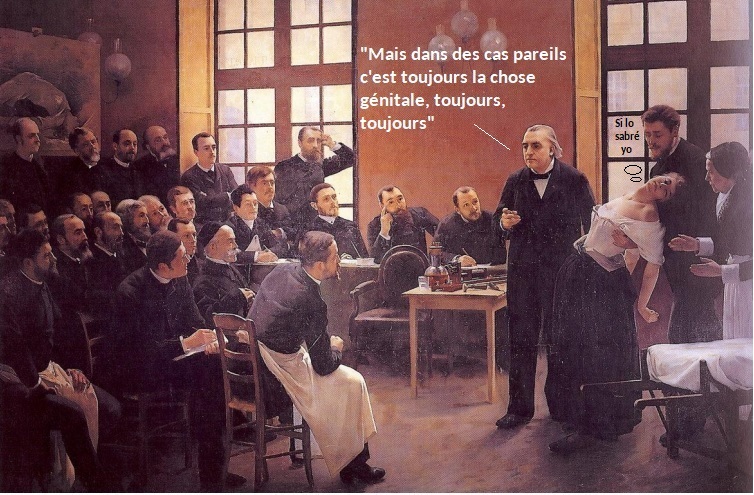













































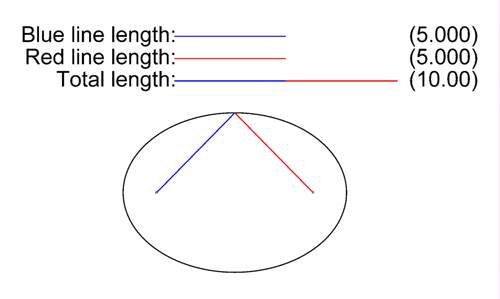




















































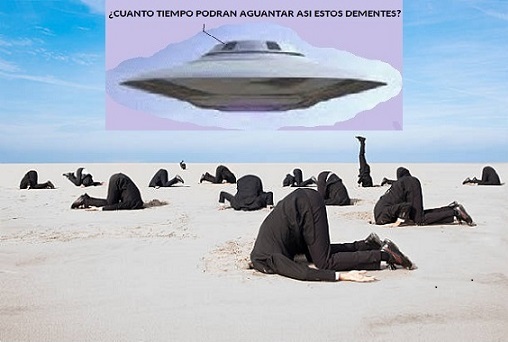



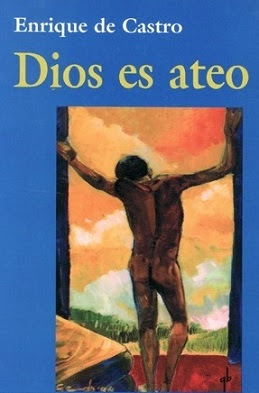






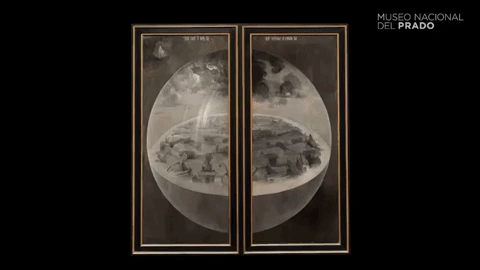




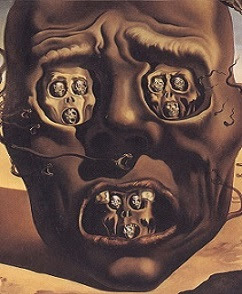
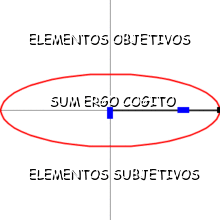











.jpg)






































































































